Fishing Mining Techniques For Energy Partnership Collects Over 1 Million Pounds Of
Hey friend! Let's talk about fishing and mining, two very different industries that have a significant impact on our world. From the techniques used to the controversies surrounding them, there's a lot to explore. So, let's dive in!
Types of Mining Methods
Mining plays a crucial role in extracting valuable minerals and resources from the Earth. There are various methods employed to achieve this. One popular method is open-pit mining, where large pits or quarries are dug into the ground to extract minerals such as gold, copper, and iron. This technique is highly efficient but can have environmental consequences.
Another commonly used method is underground mining, which involves tunneling into the Earth's crust to access mineral deposits. This method is often used for coal and hard-rock mining. It requires specialized equipment and safety measures to ensure the well-being of workers.
Next, we have placer mining, a technique that involves the extraction of minerals from riverbeds or other sedimentary deposits. This method is typically used for mining gold, diamonds, and other precious metals. It doesn't involve digging deep into the ground but rather relies on the natural movement of water to separate the minerals from the sediment.
In-situ mining is another fascinating approach where minerals are extracted without digging tunnels or open pits. Instead, a solution is injected into the ground to dissolve and extract the desired minerals. This method is commonly used for extracting uranium and oil shale.
Lastly, there's mountaintop removal mining, which is a controversial method primarily used for coal mining. It involves removing the top layers of a mountain to access the coal seams beneath. While it can yield large quantities of coal, it alters the landscape and can have negative ecological impacts.
The Role of Fishing and Mining
Fishing and mining are both vital industries, but their impacts and importance vary significantly. Fishing is essential for meeting the world's demand for seafood, providing a source of livelihood for millions of people worldwide. It not only supplies food but also contributes to coastal economies and cultural traditions.
In contrast, mining plays a crucial role in extracting minerals and resources necessary for various sectors, including construction, technology, and manufacturing. It provides the raw materials needed for infrastructure development, energy production, and the production of goods we use in our daily lives.
However, fishing and mining can sometimes conflict, particularly in regions where both industries coexist. The competition for resources and potential environmental impacts can lead to tensions and debates.

Controversies Surrounding Fishing and Mining
One of the primary controversies in the fishing industry involves overfishing. Due to the increased global demand for seafood, some fish populations have been depleted to unsustainable levels. Overfishing not only affects the ecosystem but also threatens the livelihoods of fishing communities and the availability of seafood for future generations.
On the other hand, mining controversies often revolve around environmental concerns and the impact on local communities. Some mining operations result in habitat destruction, water pollution, and disruption of ecosystems. Communities that rely on agriculture and tourism for their livelihoods may face challenges when mining operations encroach on their lands.
It's worth noting that not all fishing and mining practices contribute to these controversies. Many companies and organizations are adopting sustainable fishing practices and responsible mining techniques, which aim to minimize environmental impacts and ensure social and economic benefits for local communities.
Fishing Techniques
From traditional methods to modern innovations, fishing techniques have evolved over time. Let's take a closer look at some of the techniques used by fishermen around the world.
1. Net Fishing: Net fishing is one of the oldest and most common fishing techniques. It involves using a net to catch fish in rivers, lakes, or the ocean. Different variations of nets, such as seine nets, gill nets, and trawl nets, are used depending on the target species and fishing location.
2. Longlining: Longlining is a fishing technique that uses a longline with multiple hooks attached at regular intervals. It is typically used to catch fish like tuna, swordfish, and halibut. This method allows fishermen to cover a large area and target specific species.
3. Trawling: Trawling involves towing a large fishing net behind a boat to catch fish or other marine organisms. This method is commonly used in commercial fishing and can be done close to the shore or in deeper waters. However, trawling can have unintended consequences, such as unintentional bycatch of non-target species and habitat destruction.
4. Handline Fishing: Handline fishing is a traditional method where a single fishing line with a baited hook is used. This technique is popular among recreational fishermen and small-scale fishing operations. It offers a more personal and hands-on fishing experience.
5. Trap Fishing: Trap fishing involves setting traps or pots on the ocean floor to catch crustaceans like lobsters and crabs. The traps are baited and designed to allow the target species to enter but make it challenging for them to escape. This method is widely used in the commercial fishing industry.
6. Spearfishing: Spearfishing is an ancient fishing technique that involves using a specialized spear or pole with a pointy end to catch fish underwater. It requires skill, precision, and free-diving abilities. Today, modern spearfishing techniques often incorporate the use of snorkeling or scuba diving equipment.
Mining Techniques
Similar to fishing, mining techniques have evolved to meet the growing demand for resources. Here are some notable mining techniques used in the industry today.

1. Surface Mining: Surface mining, also known as open-pit mining, involves removing the top layer of soil and rock to access the mineral deposits beneath. This method is efficient and often used for mining coal, copper, and iron. However, it can have significant environmental impacts, such as deforestation and habitat destruction.
2. Underground Mining: Underground mining involves extracting minerals from beneath the Earth's surface. It requires creating underground tunnels or shafts to access the mineral deposits. This method is commonly used for mining precious metals like gold and silver, as well as coal and other minerals.
3. Placer Mining: Placer mining is a mining technique that involves sifting through river sediments or beach sands to extract minerals such as gold, diamonds, and tin. Miners use pans, sluice boxes, and dredging equipment to separate the dense minerals from the surrounding material.
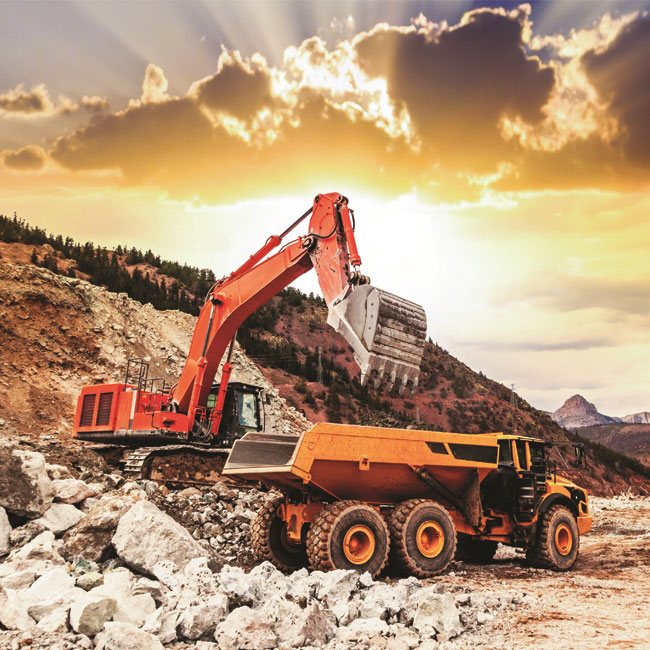
4. In-situ Mining: In-situ mining, also known as in-situ leaching or solution mining, is a method used to extract minerals from underground without physically removing the rock and soil. Instead, a specialized solution is injected into the ground to dissolve and extract the desired minerals. This technique is commonly used for uranium mining.
5. Mine Reclamation: Mine reclamation is a critical aspect of responsible mining practices. After a mine's resources have been extracted, reclamation aims to restore the land to its pre-mining condition or repurpose it for other uses. It involves soil stabilization, re-vegetation, and water management to minimize environmental impacts.
Fishing and Mining's Impact on the Environment
Both fishing and mining can have significant impacts on the environment, and it's crucial to understand and address these effects.
Fishing can result in habitat destruction, overfishing, and the bycatch of non-target species. Overfishing disrupts the balance of marine ecosystems and can lead to the decline of certain fish populations. Bycatch, the unintentional capture of non-target species, such as dolphins or turtles, can have severe consequences for marine biodiversity.

Mining, depending on the technique used, can contribute to deforestation, habitat destruction, water pollution, and the release of greenhouse gases. The excavation process alters the landscape, disrupts ecosystems, and can lead to soil erosion. Proper mining regulations and responsible practices are crucial to minimize these environmental impacts.
The Future of Fishing and Mining
As we move towards a more sustainable and environmentally conscious future, the fishing and mining industries are also evolving.
In the fishing industry, there is a growing focus on sustainable fishing practices such as implementing fishing quotas, creating marine protected areas, and promoting responsible fish farming. These initiatives aim to ensure the long-term health of fish populations, protect marine ecosystems, and support the livelihoods of fishing communities.

Similarly, the mining industry is adopting more sustainable practices, such as reducing water and energy consumption, implementing waste management strategies, and prioritizing mine reclamation. The use of advanced technologies, such as autonomous mining equipment and environmentally friendly extraction processes, is also gaining momentum.
By prioritizing sustainability and responsible practices, both industries can continue to meet global demand while minimizing their environmental footprint.
In Conclusion
Fishing and mining are industries that significantly impact our world, each in their unique ways. Fishing provides food, livelihood, and cultural traditions, while mining extracts valuable resources for various sectors. However, it's crucial to address the controversies surrounding these industries and ensure sustainable and responsible practices are adopted.
As consumers and citizens, we have the power to support sustainable fishing practices and demand responsible mining techniques. By doing so, we can contribute to the long-term well-being of our planet, the preservation of marine ecosystems, and the livelihoods of those working in these industries.
Remember, the choices we make today can shape the future of fishing, mining, and our environment as a whole.
If you are looking for PUD: Fishing, mining are preventing winter steelhead recovery you've visit to the right page. We have 30 Images about PUD: Fishing, mining are preventing winter steelhead recovery like PUD: Fishing, mining are preventing winter steelhead recovery, Magnet fishing at an old mine - YouTube and also Fishing for Energy Partnership Collects Over 1 Million Pounds of. Here you go:
PUD: Fishing, Mining Are Preventing Winter Steelhead Recovery
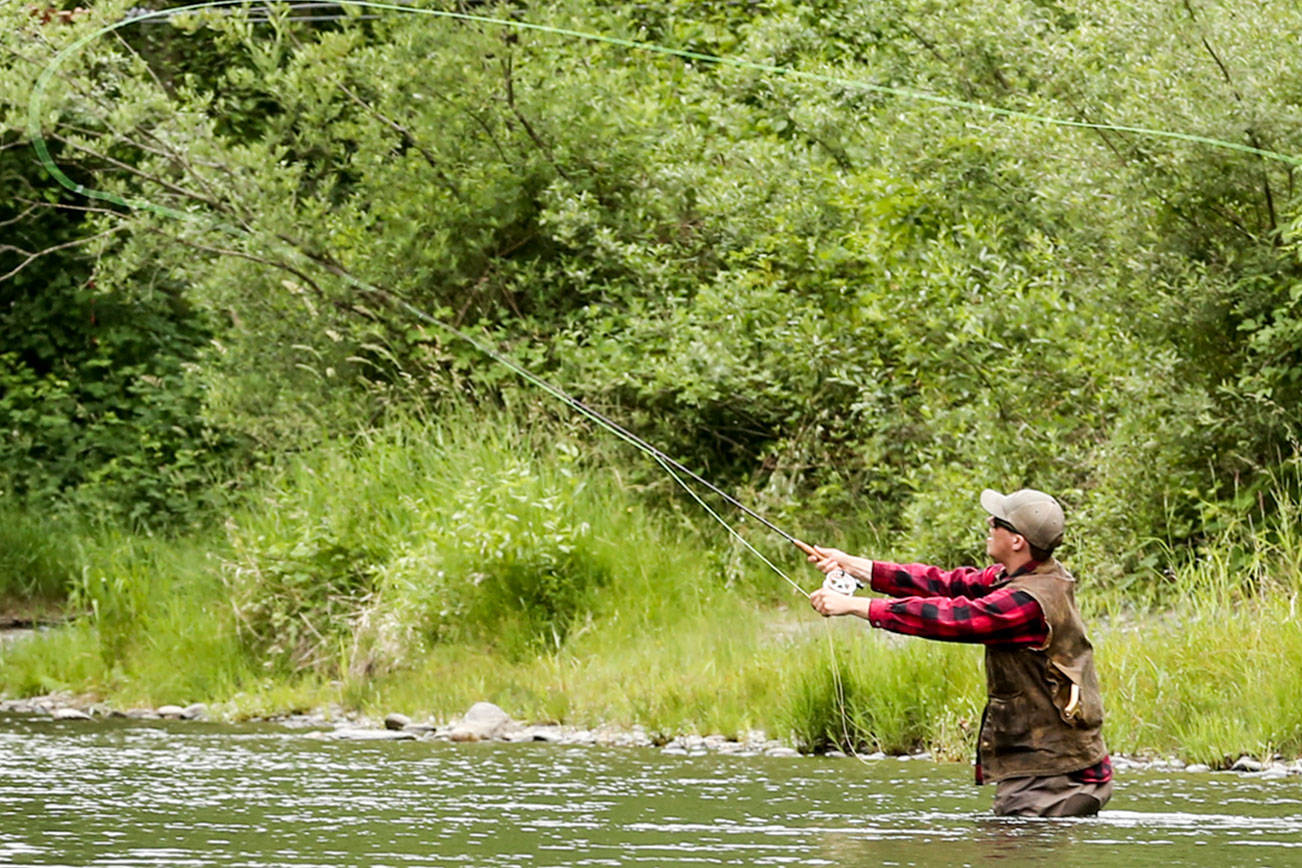 www.heraldnet.com
www.heraldnet.com steelhead heraldnet
Fishing For Energy Partnership Collects Over 1 Million Pounds Of
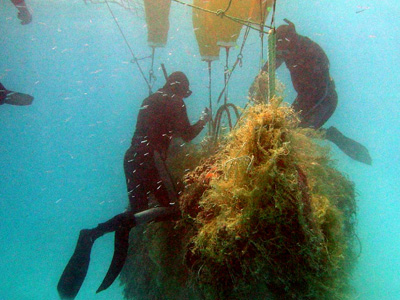 response.restoration.noaa.gov
response.restoration.noaa.gov fishing noaa energy gear gathered derelict electricity program create restoration response gov abandoned
Fishing/Mining/Industry Pictures - Southeast Region Of The U.S.
mining southeast fishing industry marlins catch fish type they
Dredging | Fishing Techniques, Hand Rake, Marketing
 www.pinterest.com
www.pinterest.com dredge dredging
Mount Milligan Mine Environmental Plan | Mining & Energy
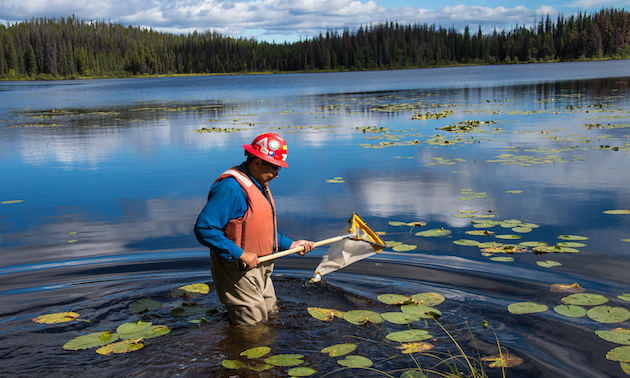 www.miningandenergy.ca
www.miningandenergy.ca mine mining fishing opens planning
Mine Fishing By ELGibo On DeviantArt
 www.deviantart.com
www.deviantart.com Reports Contrast Role Of Fishing, Mining - North Of 60 Mining News
 www.miningnewsnorth.com
www.miningnewsnorth.com mining
Types Of Mining Methods | Sell Side Handbook
mining methods types
Mining & Geotechnical | Age Developments
 www.agedevelopments.com.au
www.agedevelopments.com.au geotechnical dewatering bore
Mining Equipment Stock Photos | Our Top 1000+ Mining Equipment Images
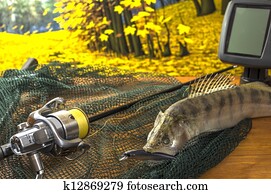 www.fotosearch.com
www.fotosearch.com mining equipment fishing fotosearch
Start Fishing Stop Mining - Collection | OpenSea
Mining Project Ep 2 | Fishing - YouTube
 www.youtube.com
www.youtube.com Fishing New Techniques With Her - YouTube
 www.youtube.com
www.youtube.com fishing techniques
Mining Techniques - Indian Infrastructure
 emindiainfrastructure.com
emindiainfrastructure.com Chutney Spears - An Insult To Intelligence: Fishing The Bowels Of The
 chutneyspears.blogspot.com
chutneyspears.blogspot.com spears chutney insult intelligence
Sand Mining And Net Fishing - What’s Going On Mele? - Sista
 www.sista.com.vu
www.sista.com.vu mining mele sand fishing going sista solution
Amazing Fishing! A Fisherman Skill Catch Fish A Lot By Use Old Tools
 www.youtube.com
www.youtube.com Social Science 4º: Marzo 2020
 4socialscience.blogspot.com
4socialscience.blogspot.com AGRICULTURE, FORESTRY, FISHING, And HUNTING
 www.bvagroup.com
www.bvagroup.com mining fishing forestry agriculture industries
Mining For Gold | Healthy Grin Sport Fishing
 healthygrinsportfishing.com
healthygrinsportfishing.com Reddit - Dive Into Anything
 www.reddit.com
www.reddit.com unorthodox techniques fishing comments anormaldayinrussia
Lets Build Ep.6 - Blacksmiths, Fishing, And Mining - YouTube
 www.youtube.com
www.youtube.com The Pebble Mine Fight Is Far From Over | Fly Fishing | Gink And
 www.ginkandgasoline.com
www.ginkandgasoline.com cahill
Fish Mining Fishing - YouTube
Fishing Flooded Coal Mine Pits - Fishing VLOG S8 #23 - YouTube
 www.youtube.com
www.youtube.com Grinding Techniques Playing An Essential Part In The Mining Industry
 www.crown.co.za
www.crown.co.za grinding
Mining Mayhem: Gone Fishing
 www.miningmayhem.com
www.miningmayhem.com Chutney Spears - An Insult To Intelligence: Fishing The Bowels Of The
 chutneyspears.blogspot.com
chutneyspears.blogspot.com fishing mining intelligence spears chutney insult
Magnet Fishing At An Old Mine - YouTube
 www.youtube.com
www.youtube.com Fishing/Mining/Industry Pictures - Southeast Region Of The U.S.
coal mining states southeast fishing industry ending poverty extreme answer report pushes bulldozer mountain improving mine safety technology flickr calvert
Unorthodox techniques fishing comments anormaldayinrussia. Mining mayhem: gone fishing. Agriculture, forestry, fishing, and hunting
Post a Comment for "Fishing Mining Techniques For Energy Partnership Collects Over 1 Million Pounds Of"